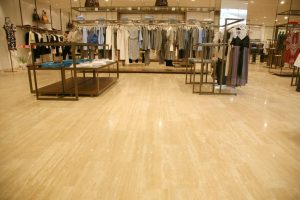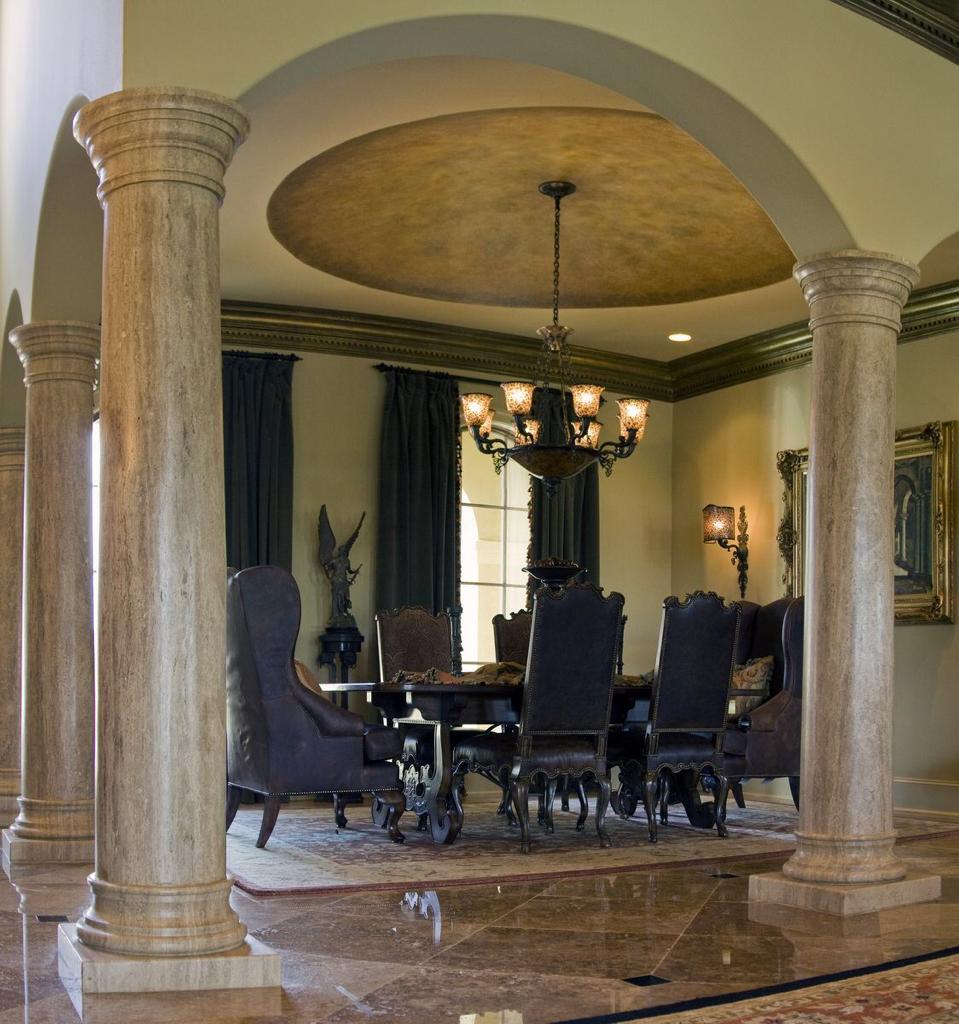- Everything You Need to Know about Turkish Travertine
- Historical Context and Usage of Travertine in Turkey
- Turkish Travertine: Features, Uses, and Primary Markets
- Turkish Travertine: Key Quarries and Extraction Sites

Historical Context and Usage of Travertine in Turkey
Travertine is a globally renowned stone type, predominantly sourced from Turkey. The Turkish travertine shares similarities with the travertine found in Tivoli near Rome, Italy, as well as travertine available in Iran. Turkey boasts vast resources and diversity in natural stones, distributed across its expansive geographical landscape. Over the past two decades, Turkey’s natural stone industry has evolved in tandem with the nation’s rapid economic growth. Numerous Turkish companies and factories now export an extensive array of high-quality natural Turkish marbles and stones, aligning with European and global standards for natural stone and marble industries. Historically, travertine has been widely utilized in Turkey. Most Roman cities within Turkey have employed travertine extensively for various applications. Entire cities, like Hierapolis near Denizli, were constructed using travertine. Roman engineers often incorporated locally sourced building materials, making travertine a common construction material. In modern times, countless projects have been executed using travertine.

Turkish Travertine: Features, Applications, and Main Markets
Distinct from limestone, travertine exhibits significant textural and molecular structural differences. Limestone tends to be softer in comparison to travertine. Travertine features holes, a rarity in limestone. Travertine can be produced either as cross-cut or vein-cut, making them visually distinct. Being a natural stone with inherent cavities, it’s highly recommended to use travertine in its filled form. After installation, a suitable chemical is frequently used to seal its surface. The majority of Turkish travertine applications focus on wall and floor cladding, both indoors and outdoors. Most quarries of Turkish travertine are located in the city of Denizli in central-western Turkey, accounting for approximately 50% of the country’s travertine quarries. However, other quarries are dispersed across expansive regions like Eskişehir, Afyonkarahisar, Konya in the center, Sivas in the northeast, Elazig, and Erzurum in the east, with various other locations across Turkey such as Karaman and Niğde.

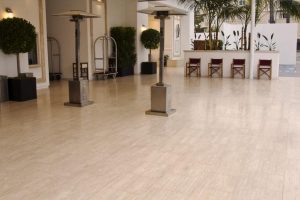

What are the most famous Turkish Travertine?
Different types of travertine exist based on shades, colors, and cutting methods, either cross-cut or vein-cut. Industry insiders typically classify Turkish travertine as follows:
- Ivory Essence Travertine: An ode to pure ivory.
- Classic Light Travertine
- Golden Beige Travertine: A tad deeper than the classic hue.
- Earthy Walnut Travertine
- Noce Travertine: Oscillating between medium to deep chocolatey nuances.
- Sunny Yellow Travertine
- Rosy Red Travertine
- Metallic Silver Travertine

“Turkish Travertine – Light and Dark Beige”
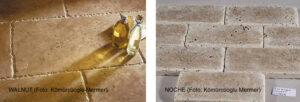

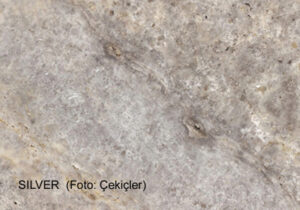
Main Global Markets for Turkish Travertine
Apart from the vast domestic market in Turkey, Turkish travertine is in high demand across global markets, especially in China, India, the USA, Canada, and the European Union.
- European Market: While vein-cut travertine is gradually gaining popularity in the UK, Southern European markets continue to favor the cross-cut version.
- Chinese Market: Prefers the medium, classic, and light varieties of Turkish travertine.
- US Market:
- Indian Market: Silver travertine enjoys immense popularity.
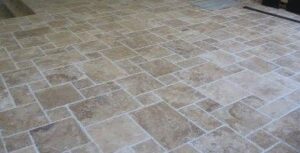
Turkish Travertine’s Market Trends and Kurabi Marble’s Leadership
Turkish travertine, particularly vein-cut, gained prominence in the US since the 1990s. In emerging markets like China and India, cross-cut travertine is preferred, while the Middle East favors both versions. The number of quarries decreased from around 500 pre-crisis to 80-100 by 2010, with annual production at about 750,000 tons.
As construction booms in new markets, demand for Turkish travertine is expected to evolve. Kurabi Marble, a key player since 1990, exports high-quality Turkish marble globally, known for its premium products and expert service. The company’s reputation enhances Turkey’s position as a leading marble destination.
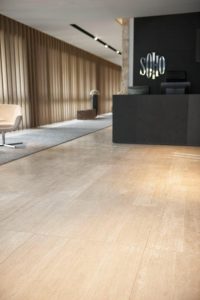

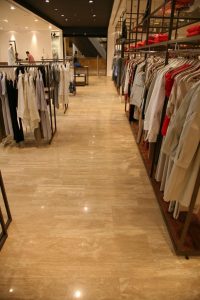
Turkish Travertine: A Synopsis
- Turkish travertine stands out in global markets for its diversity and quality.
- Historically, it’s been extensively used in Turkey, from Roman settlements to modern projects.
- Distinct from limestone, Turkish travertine offers an extensive palette of colors and shades.
- With growing construction in emerging markets like China and India, it’s interesting to speculate on the industry’s trajectory.
- Kurabi Marble, with over three decades of expertise, champions exporting Turkish marble, adhering to global quality standards. Kurabi Marble continues to bridge trust with global clients.





